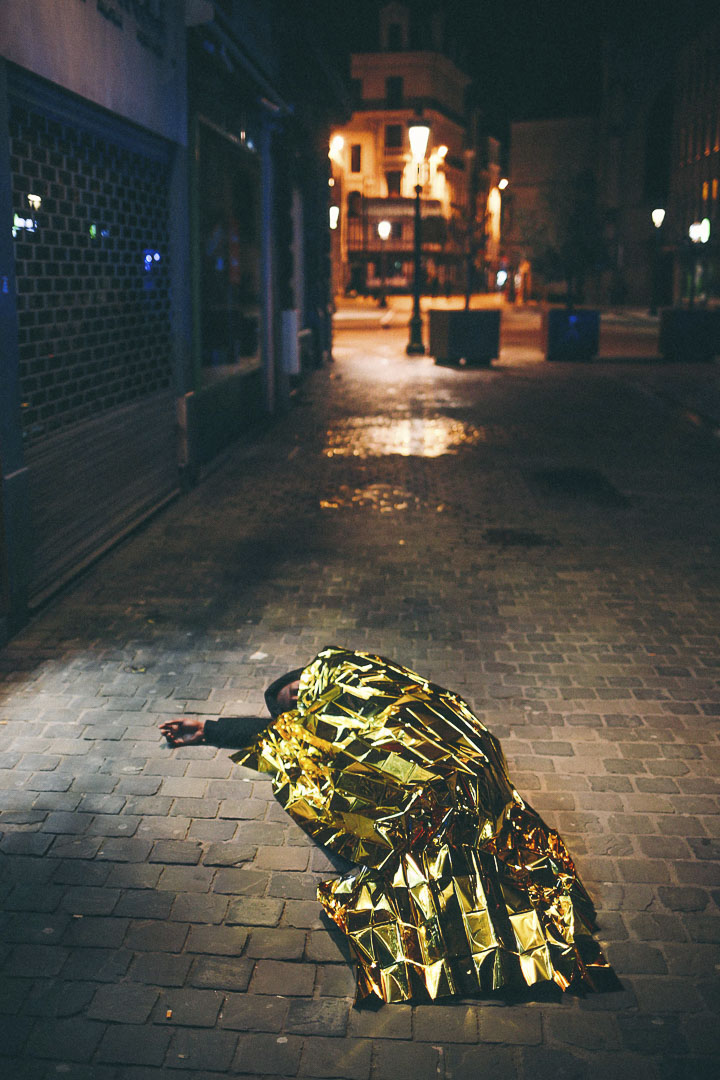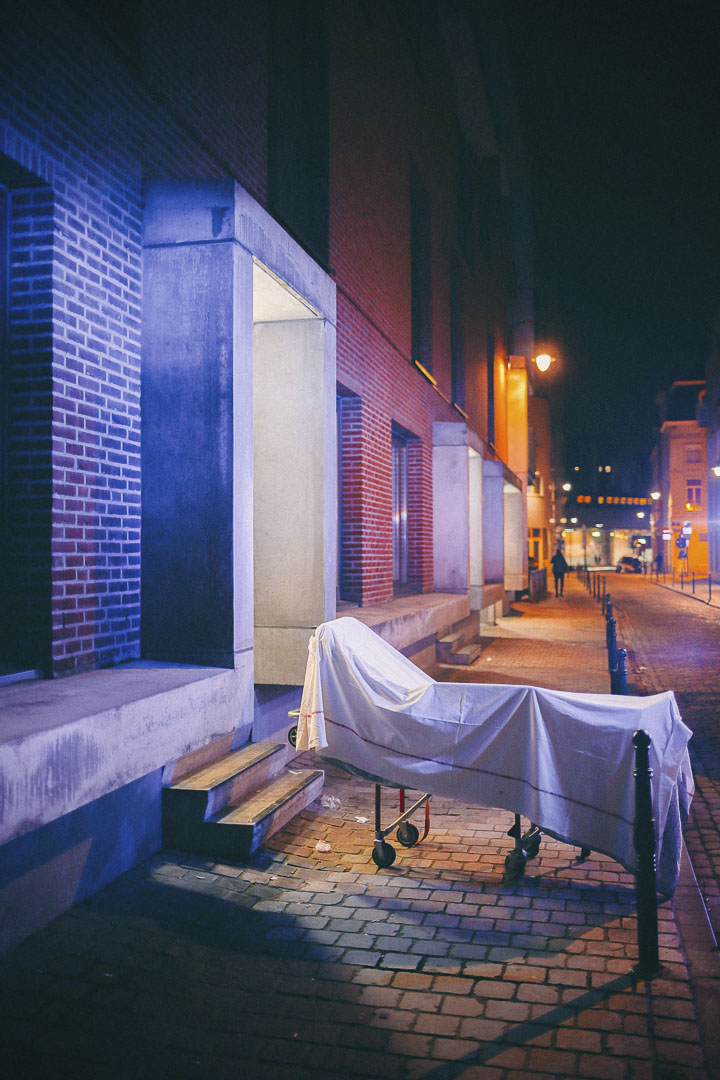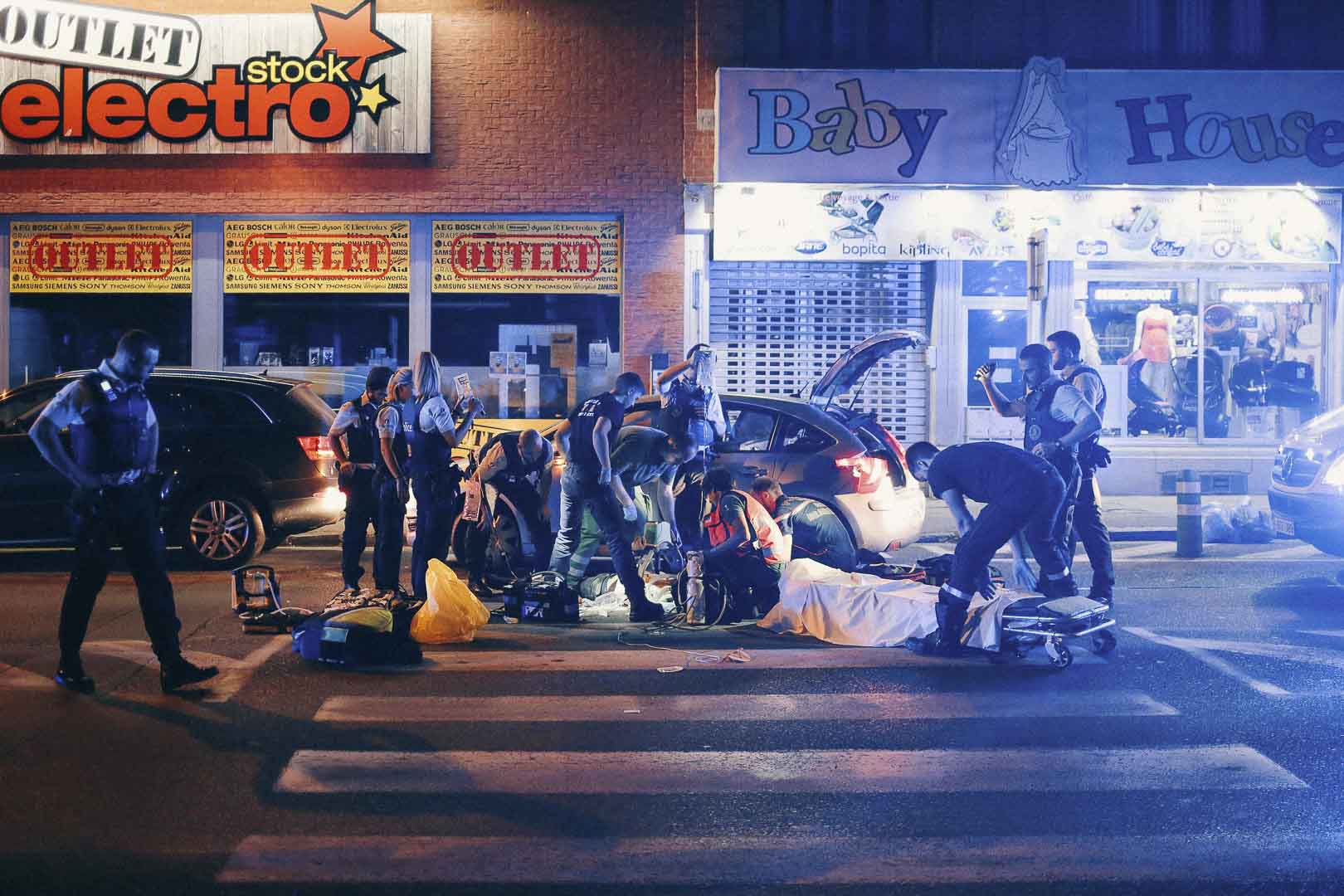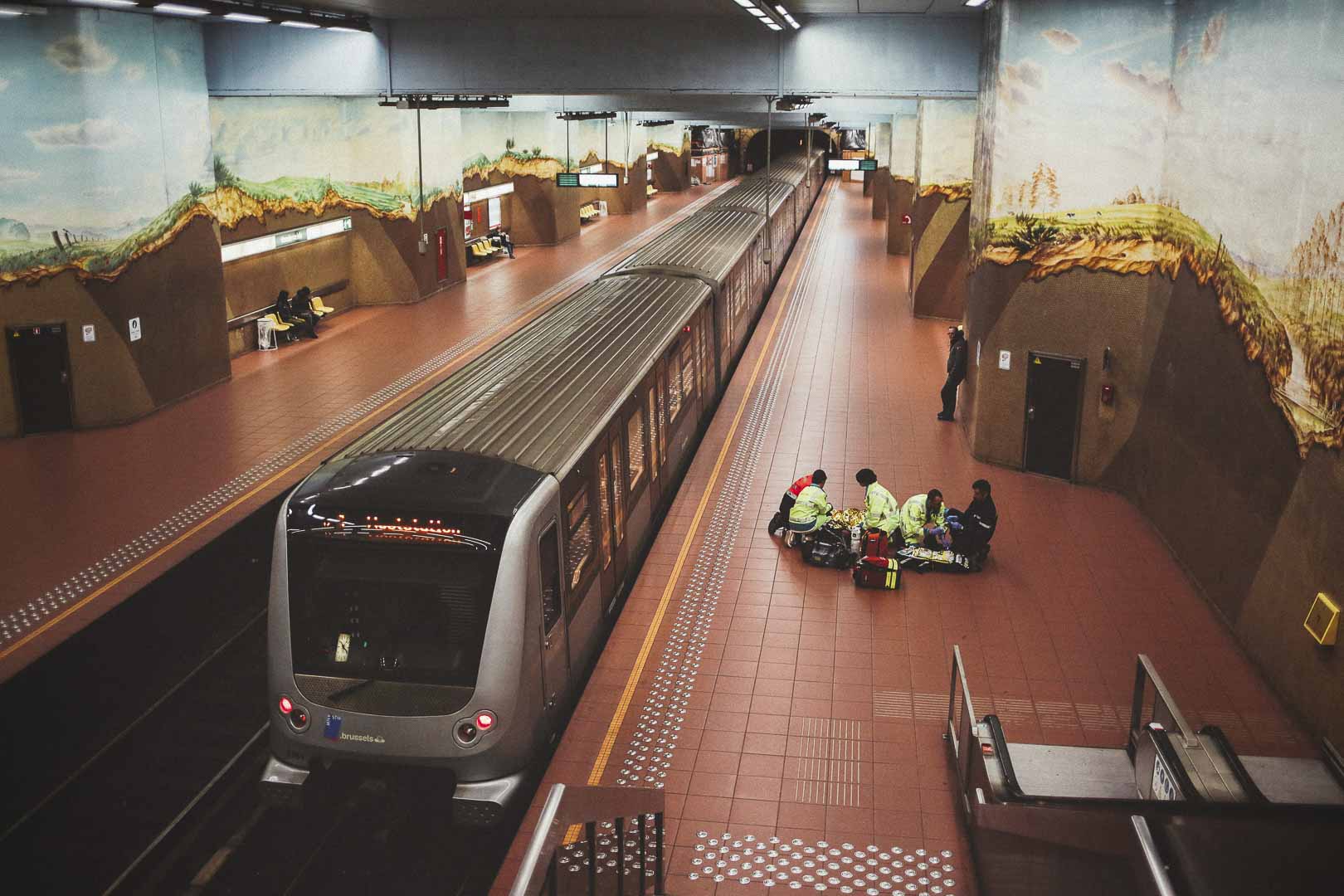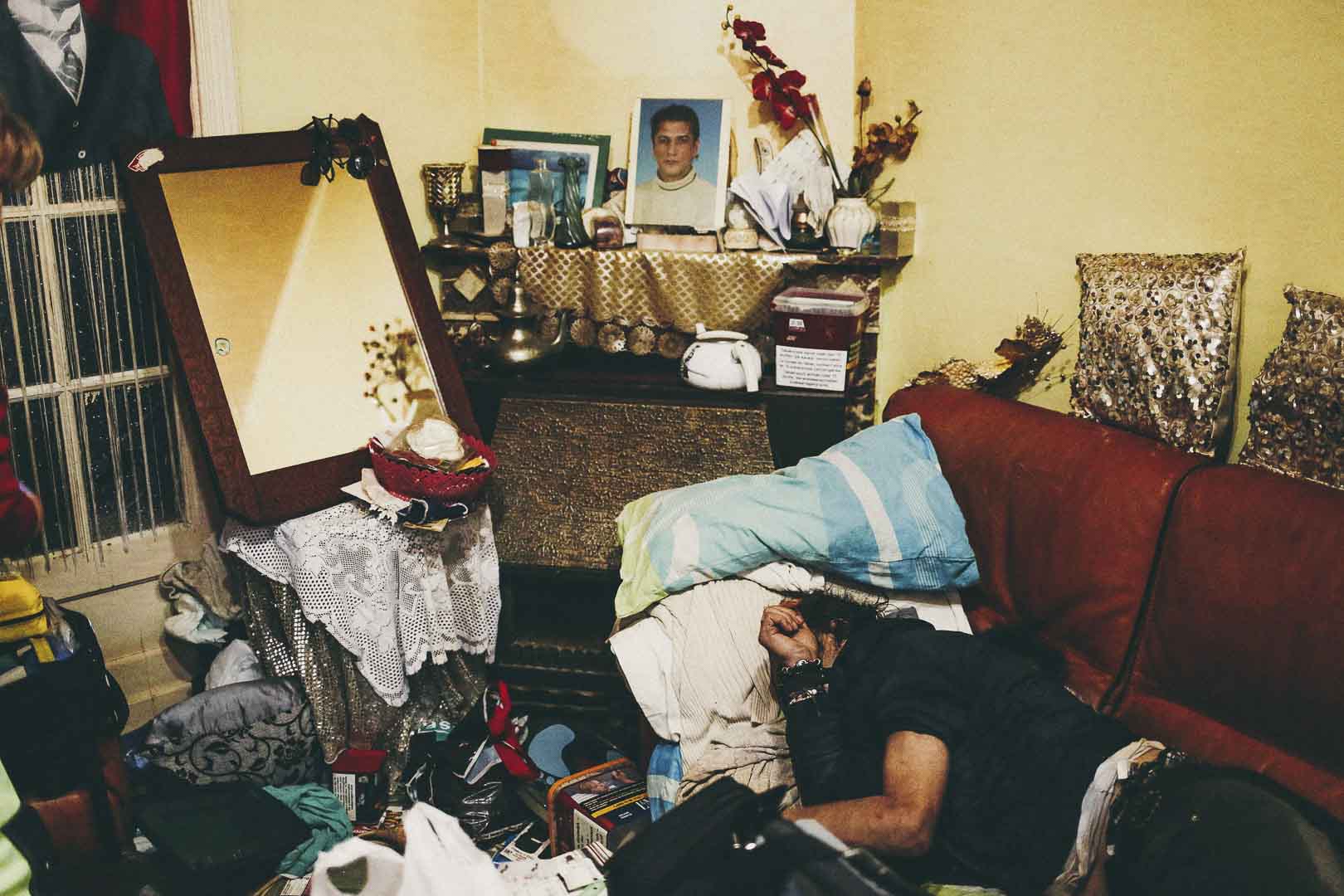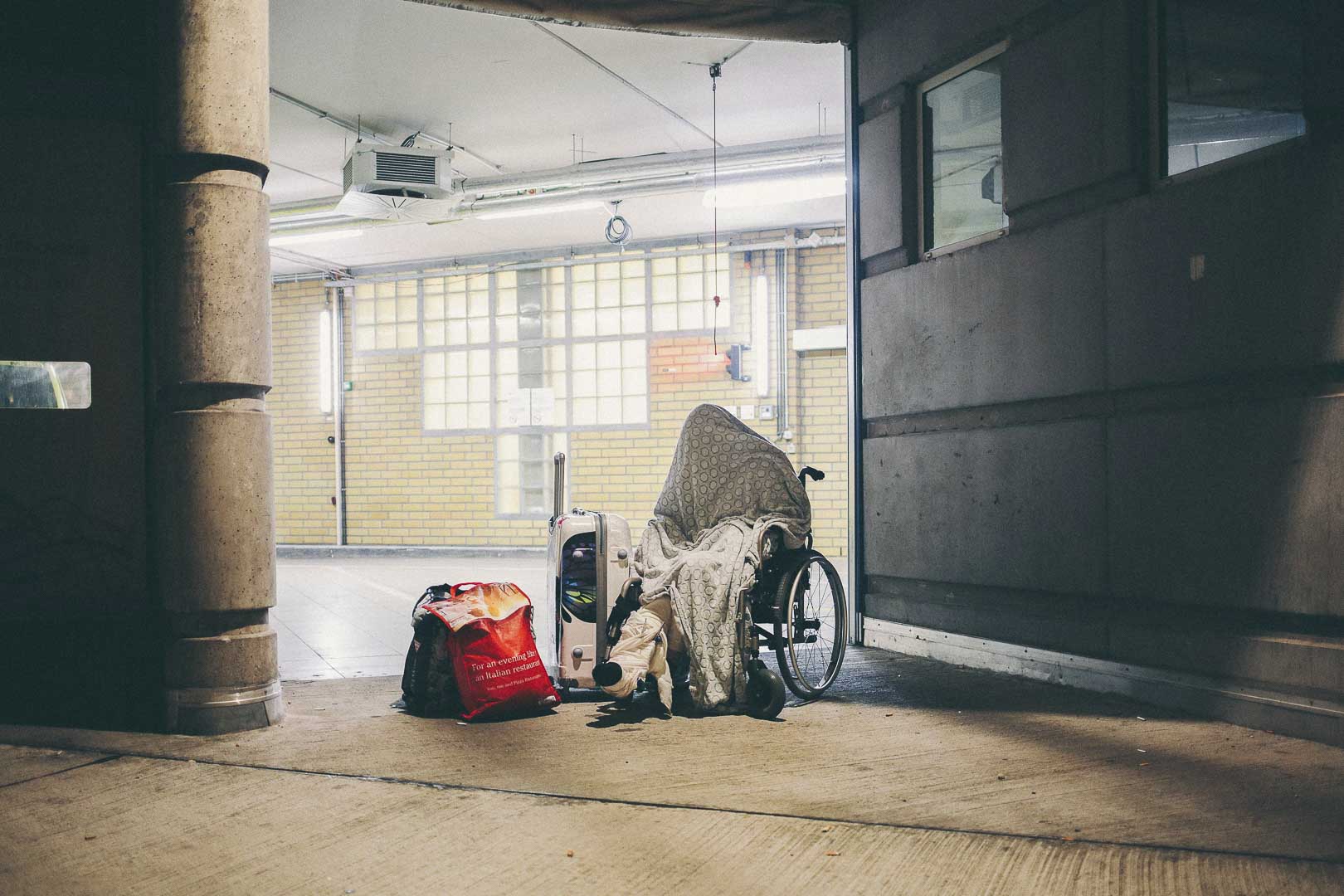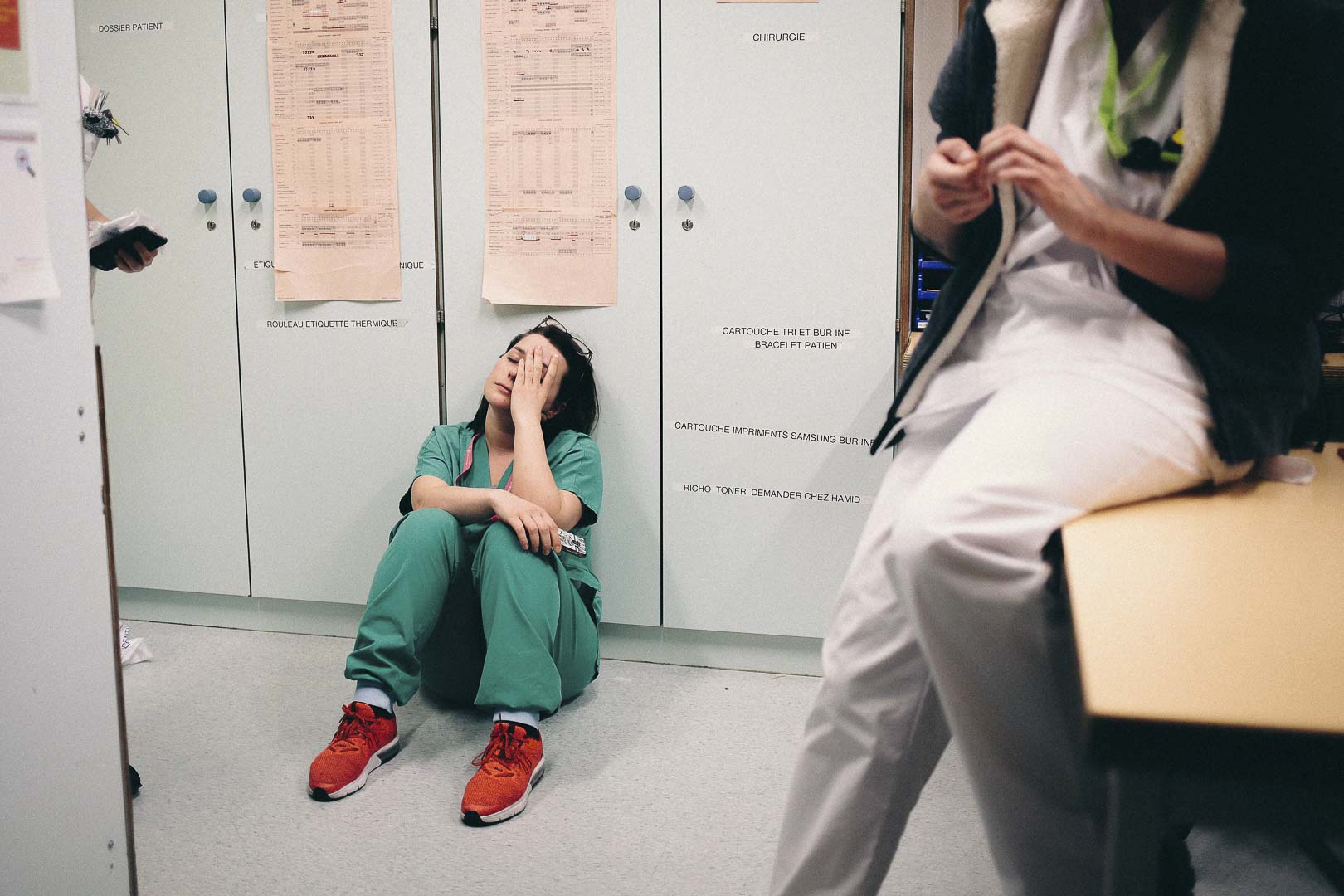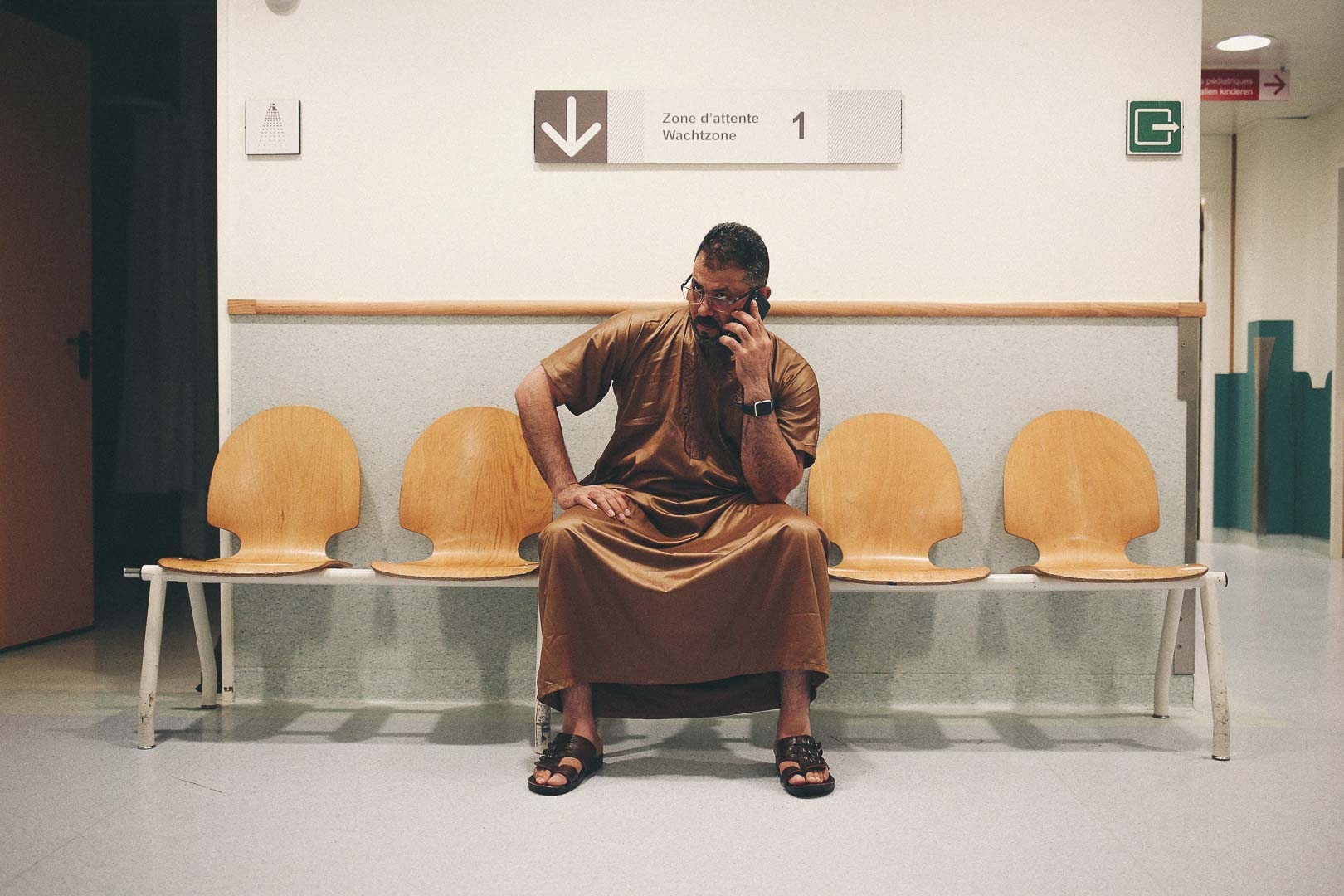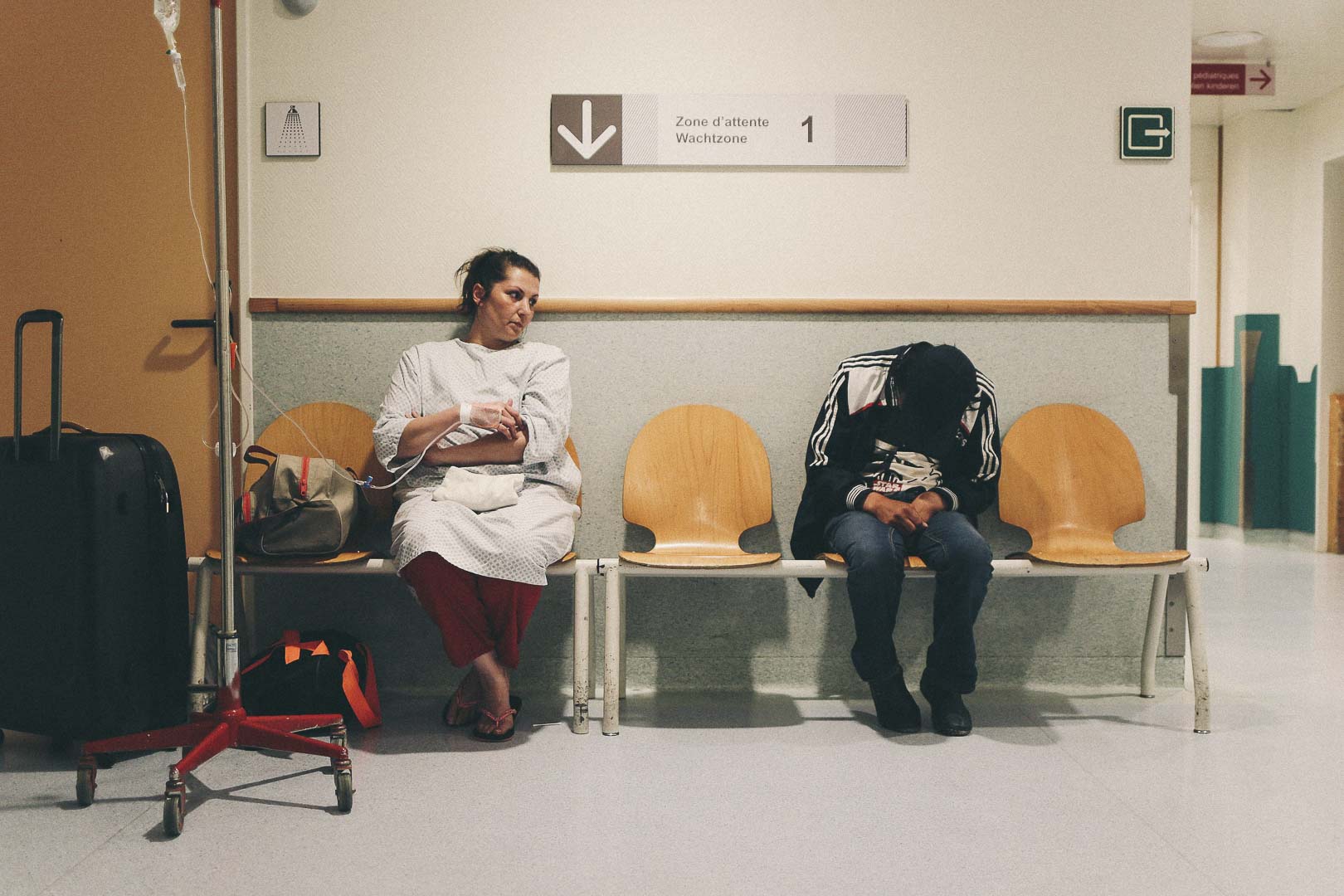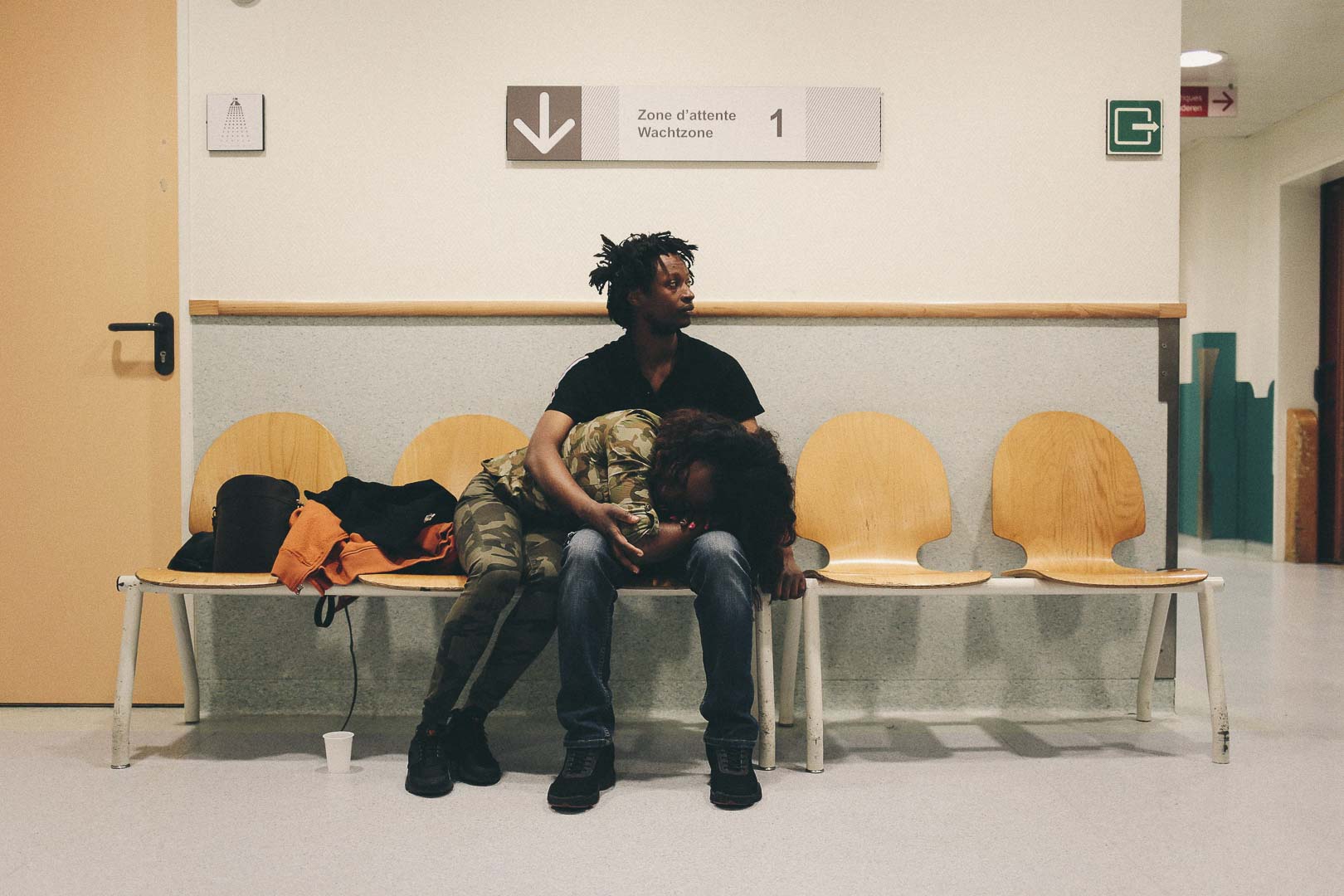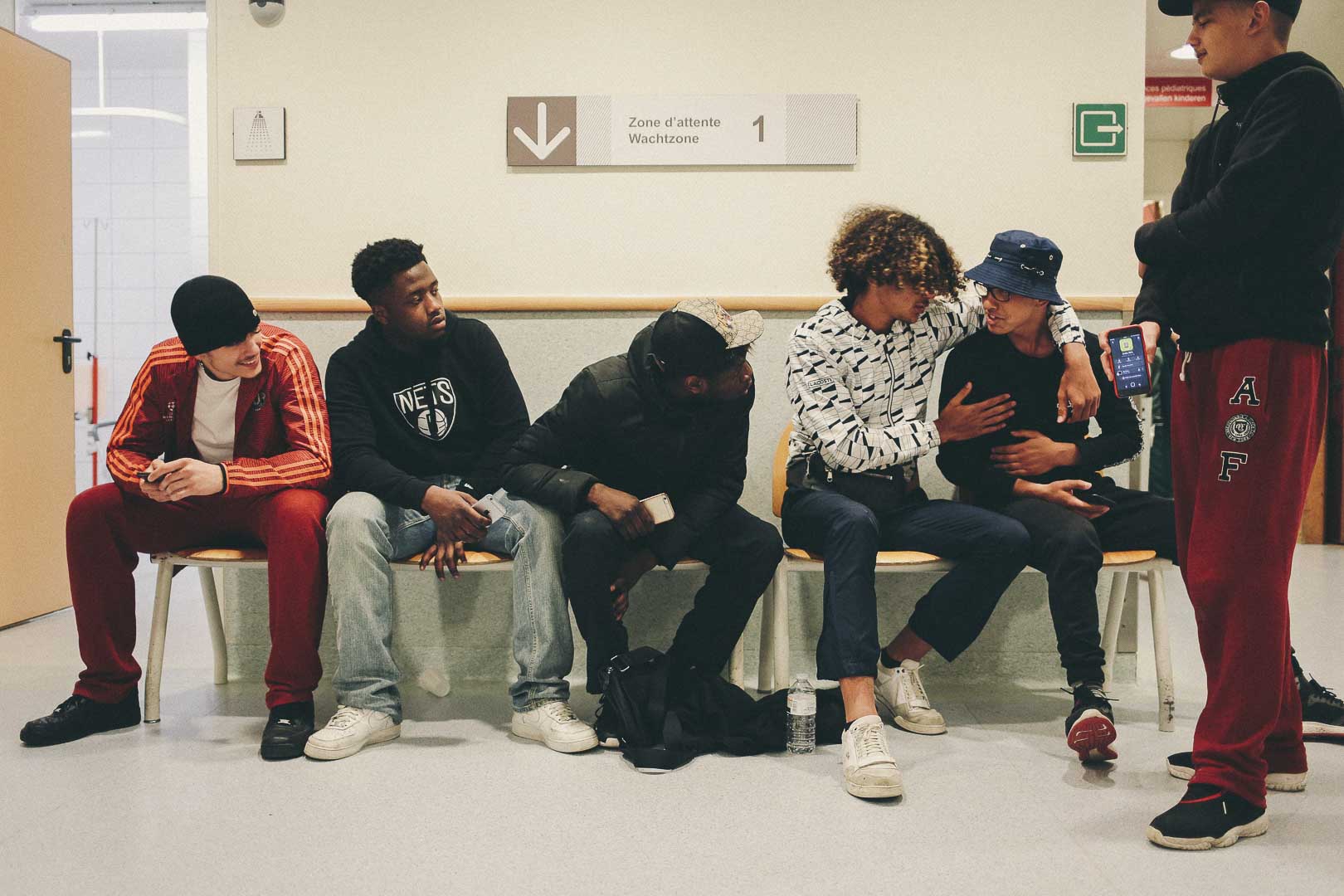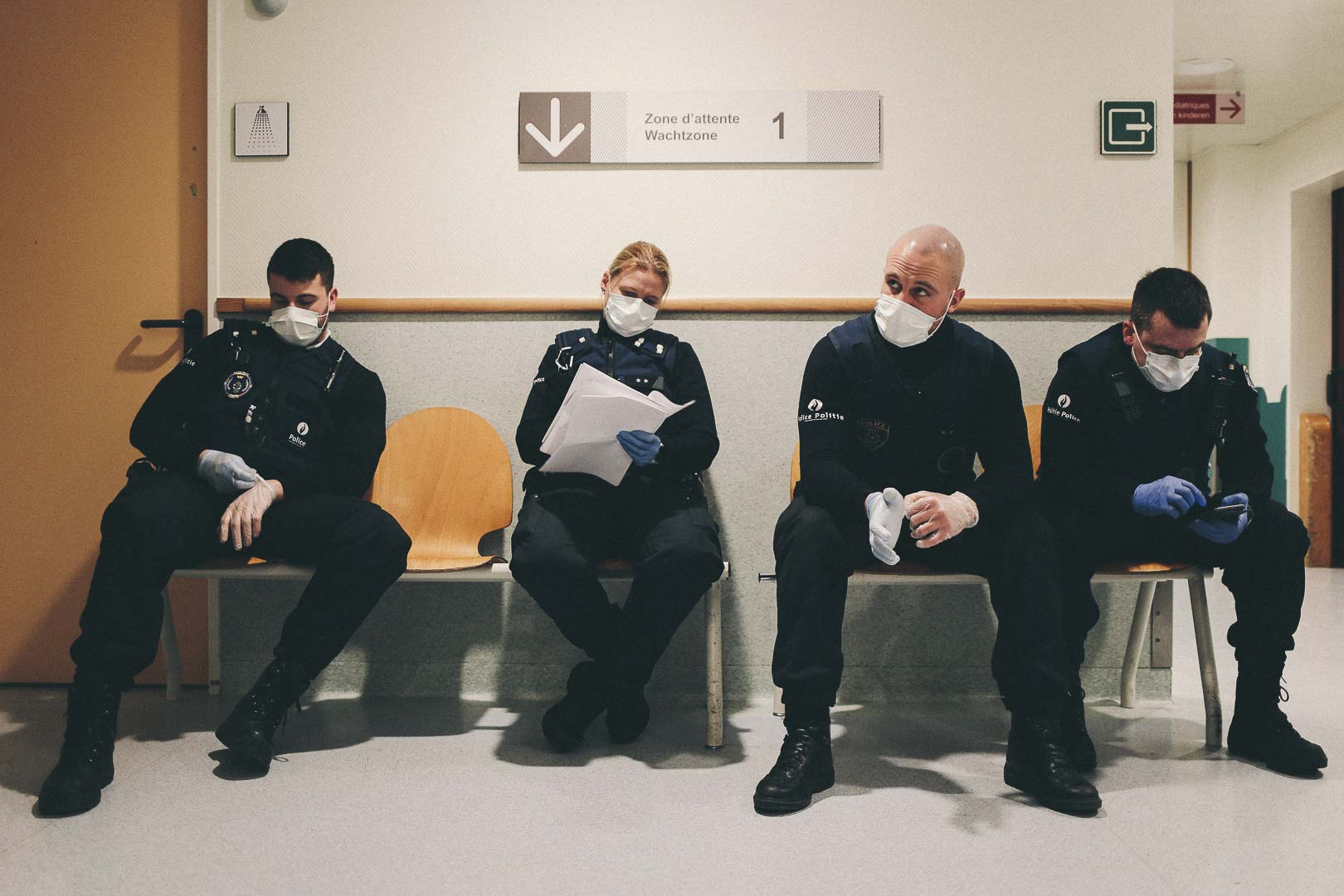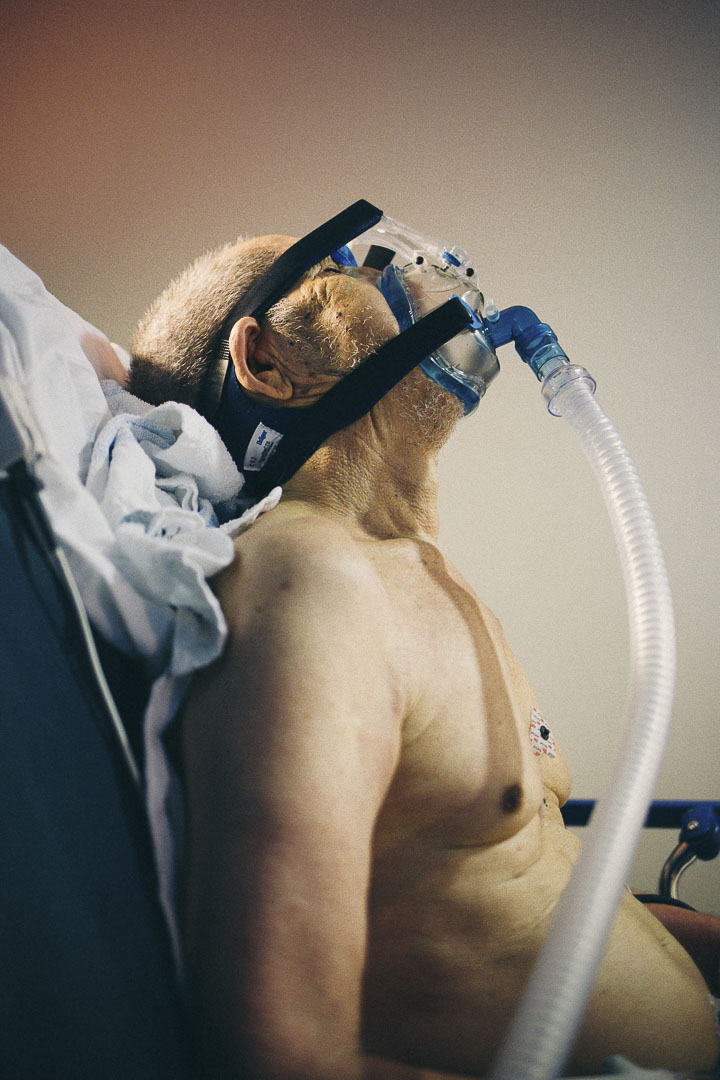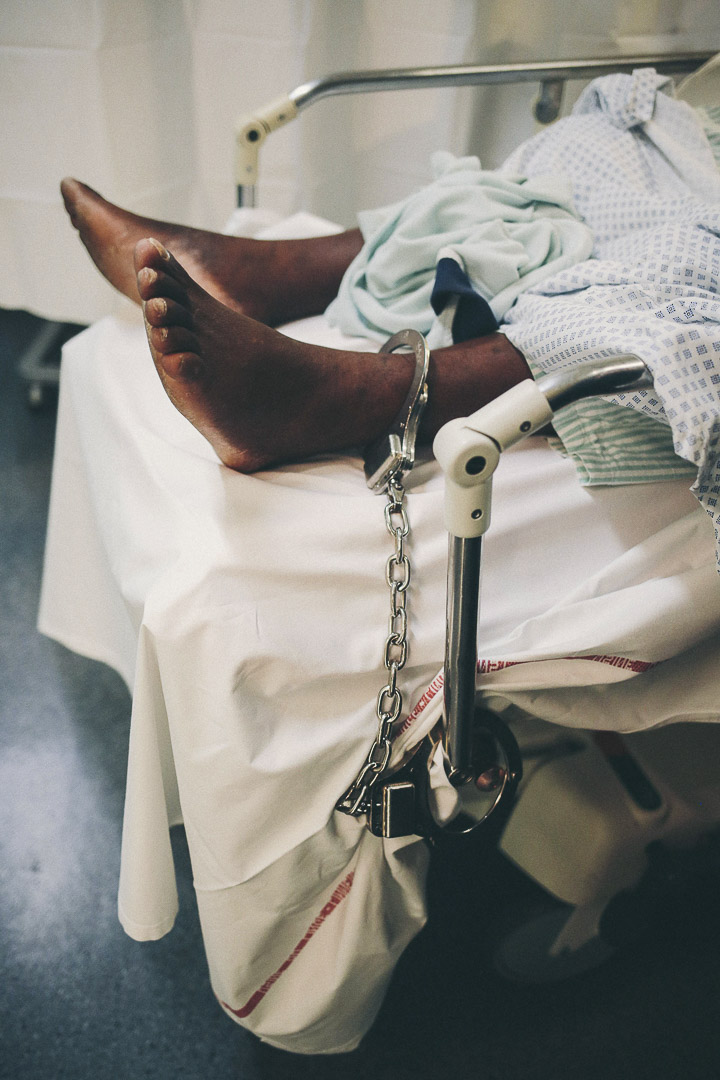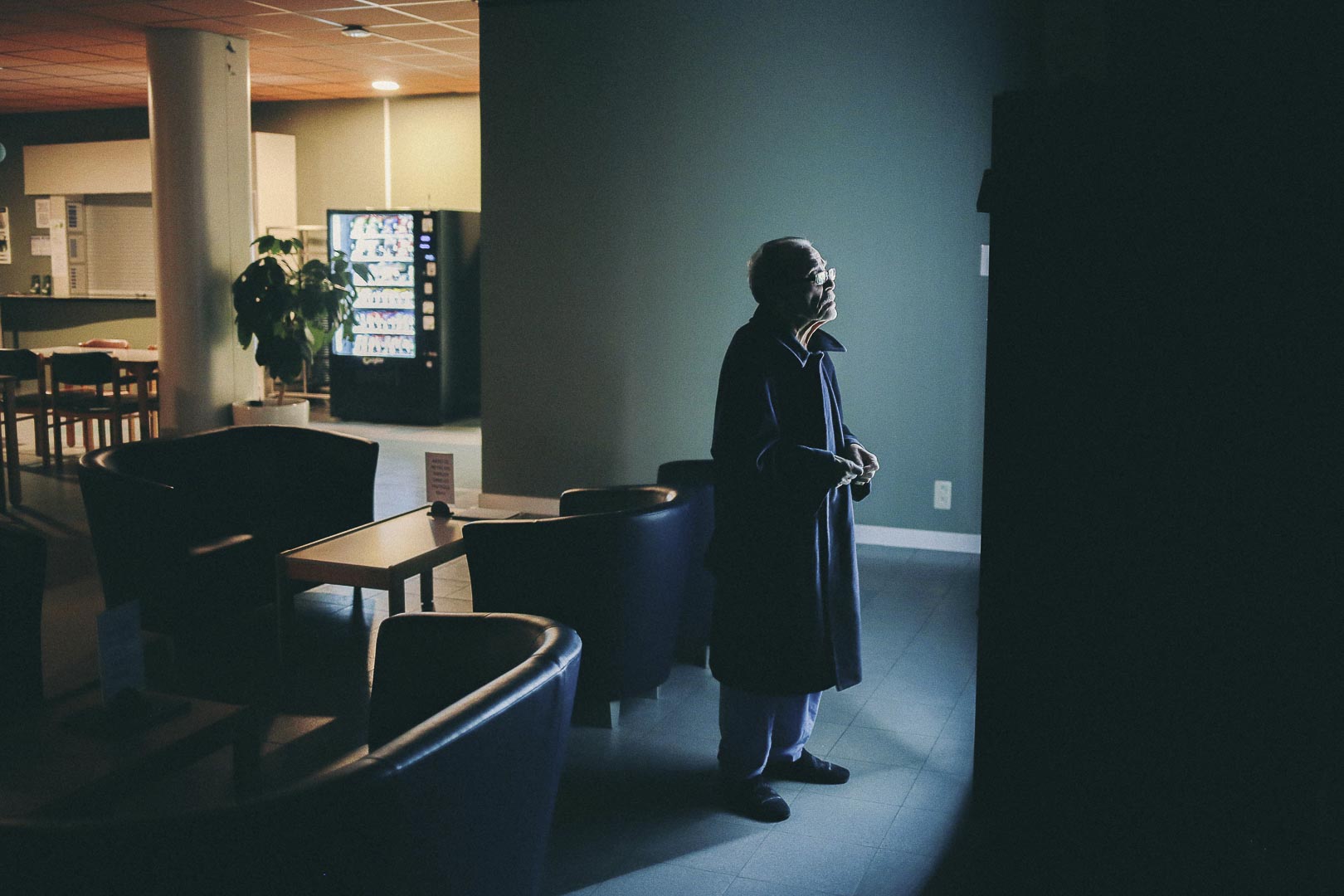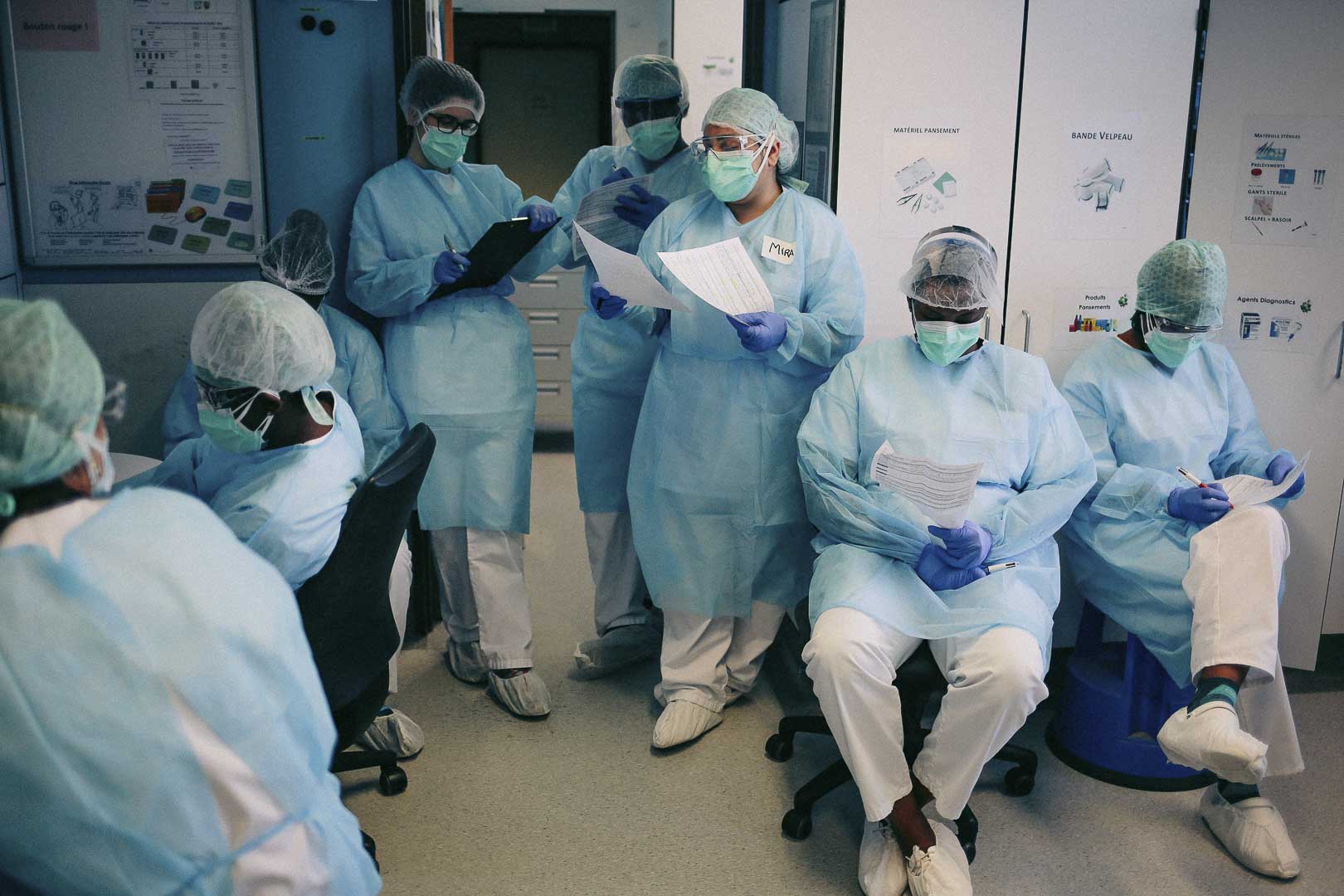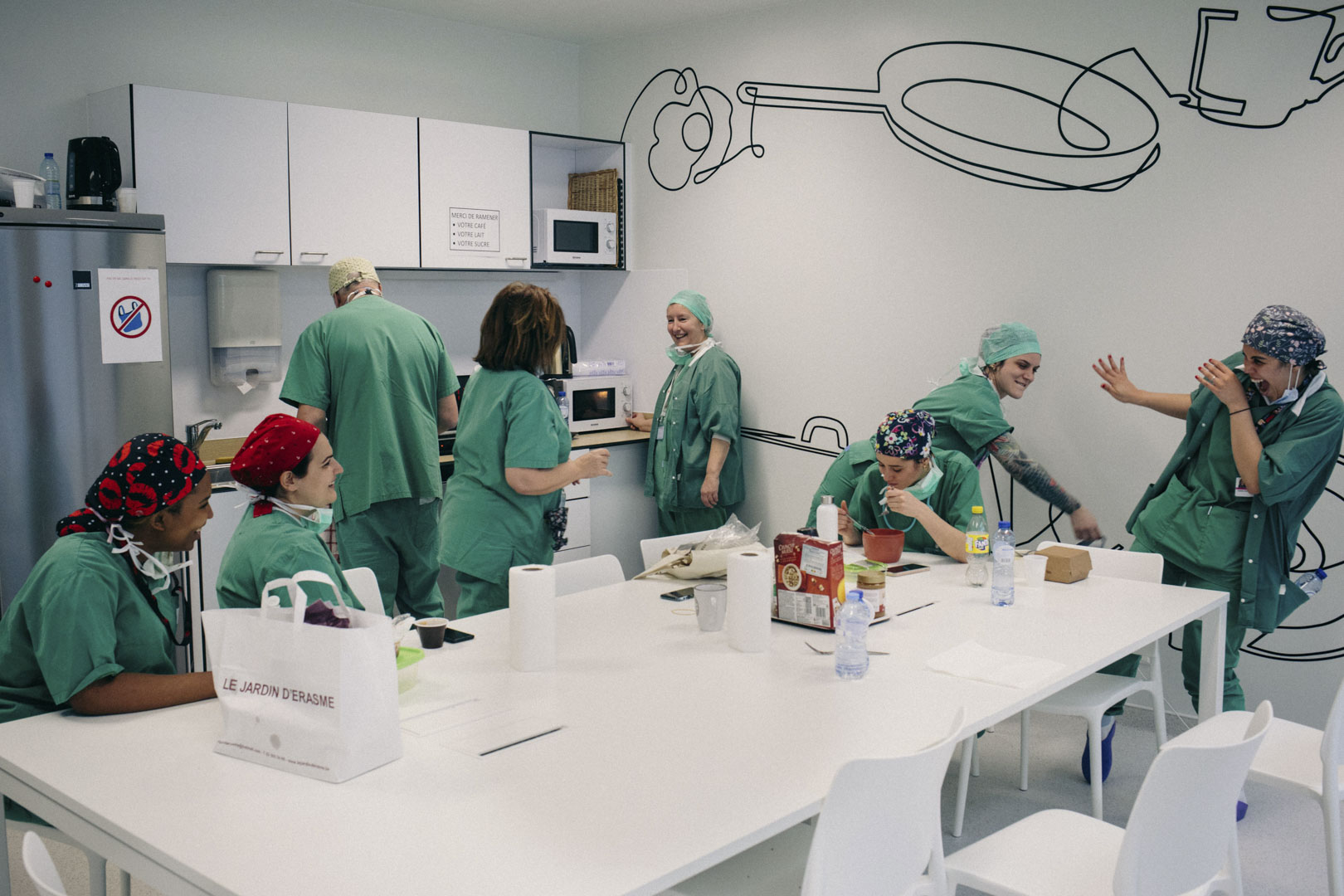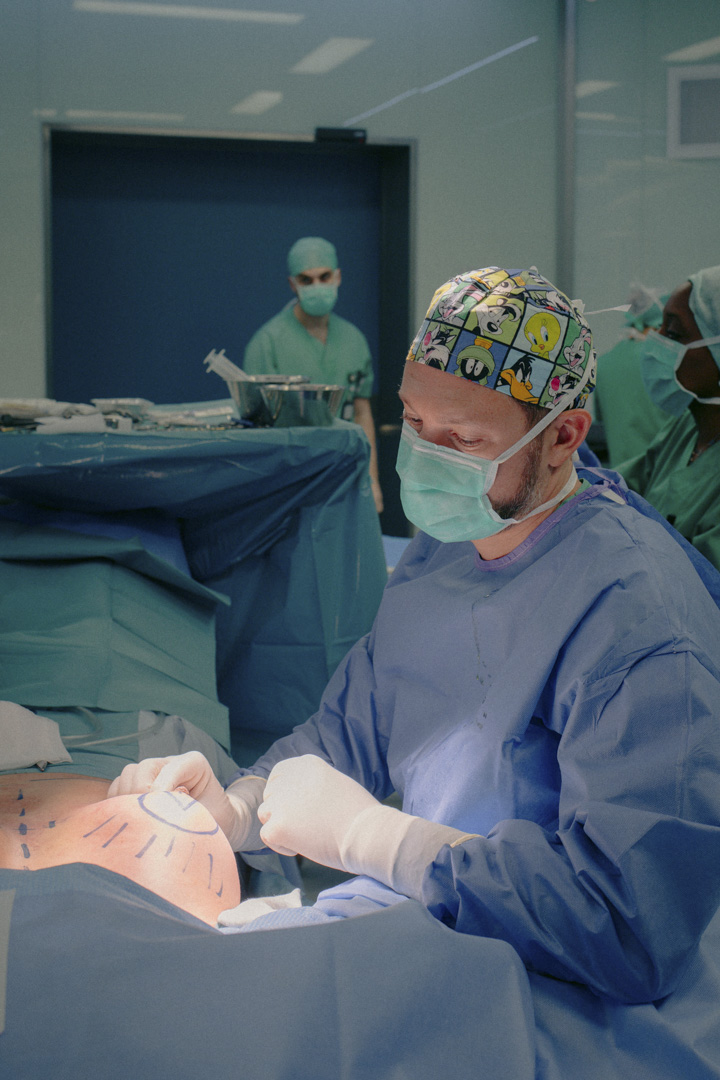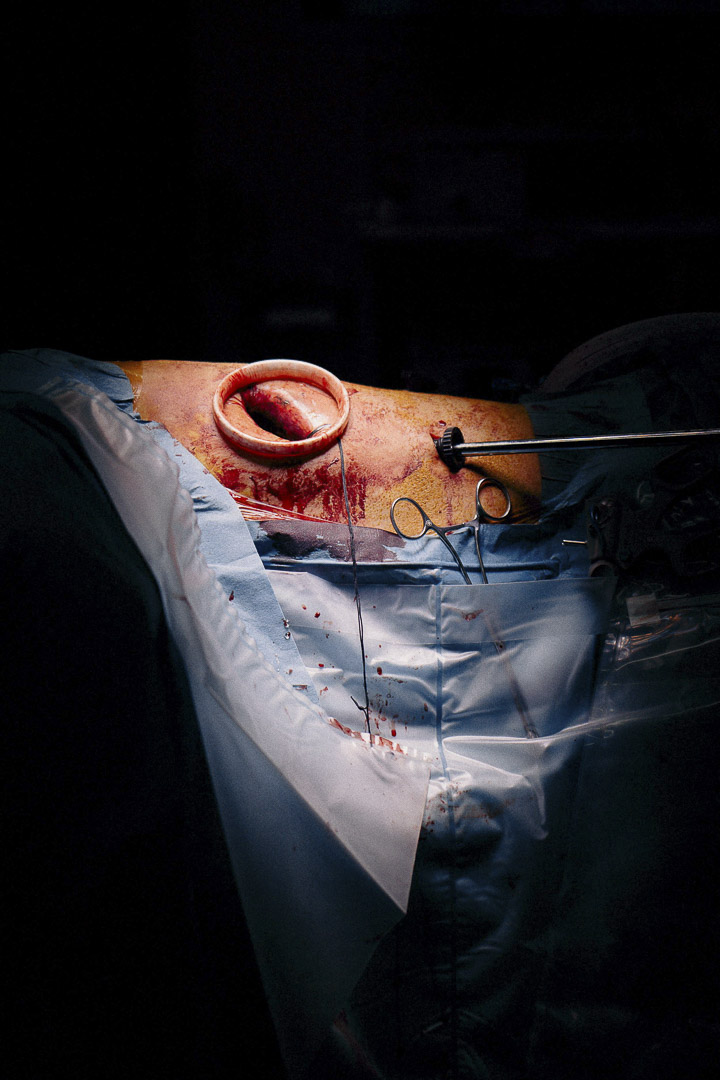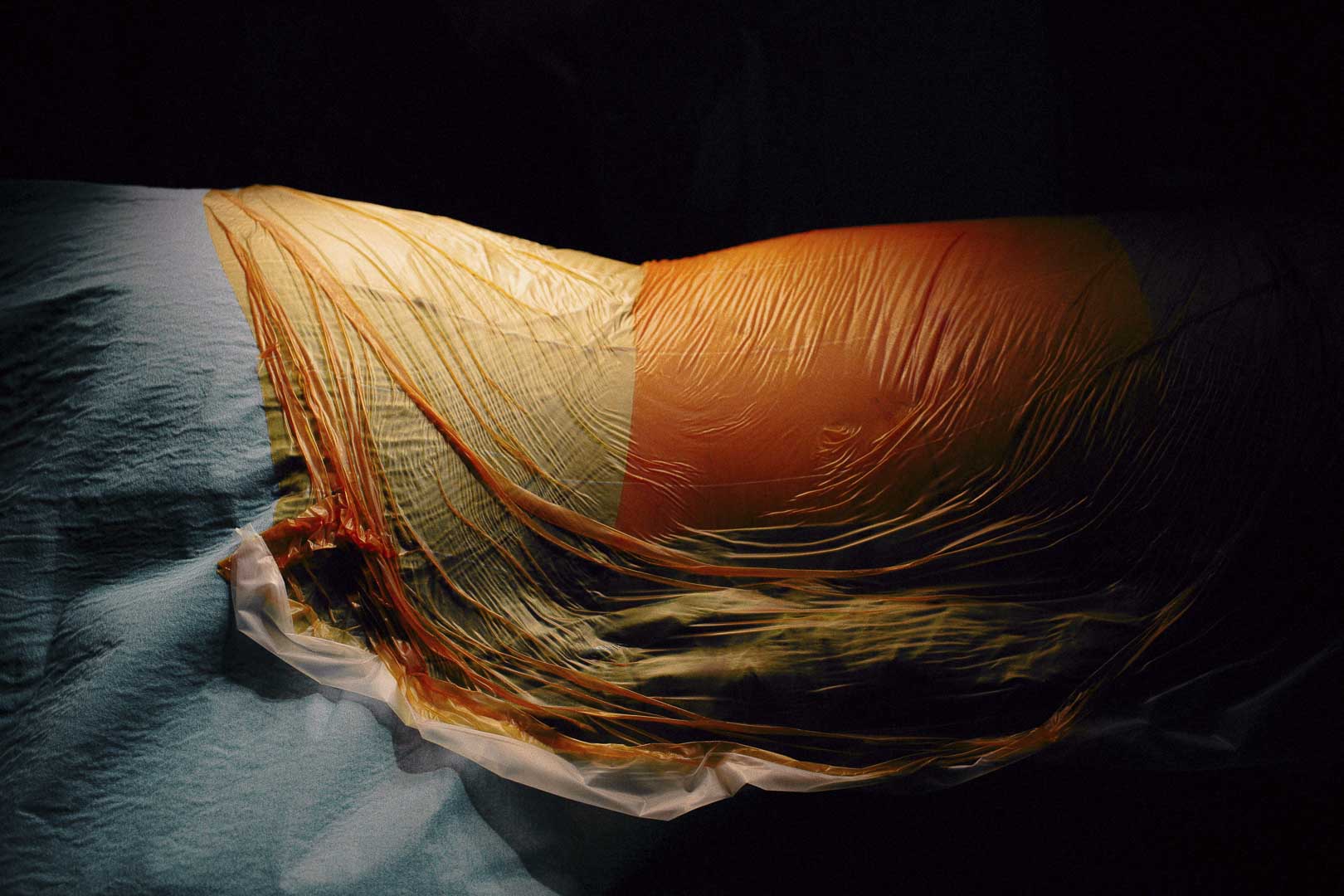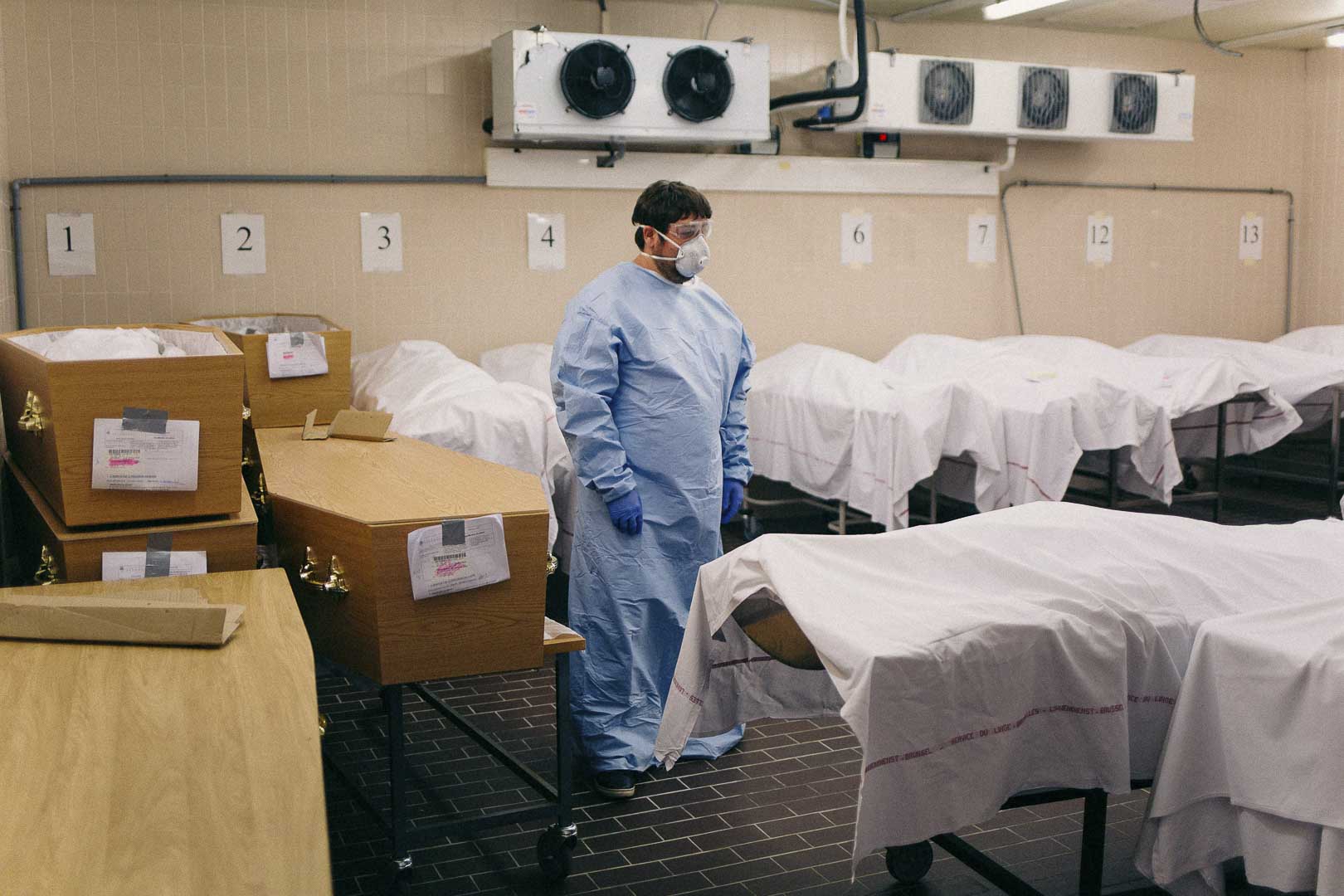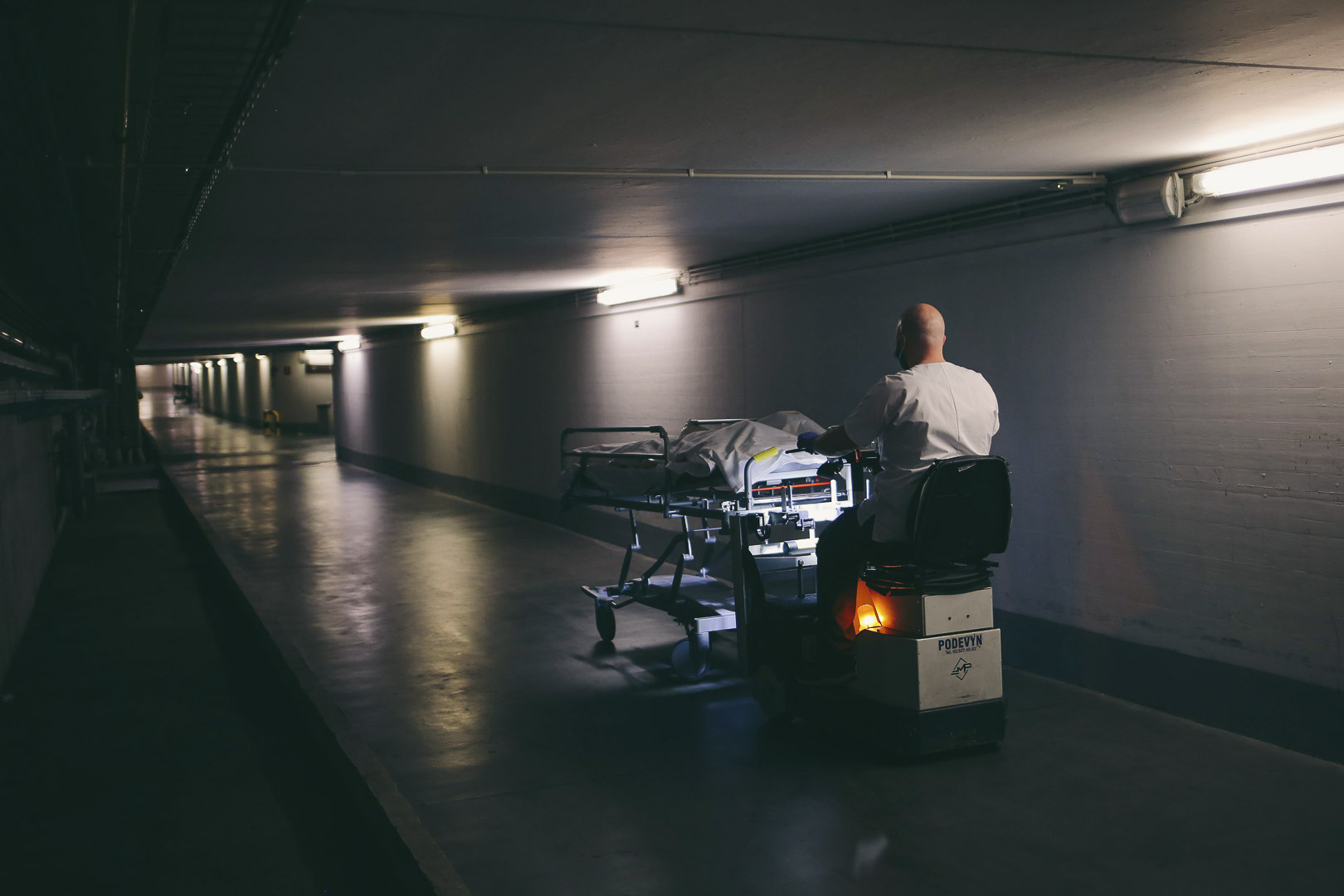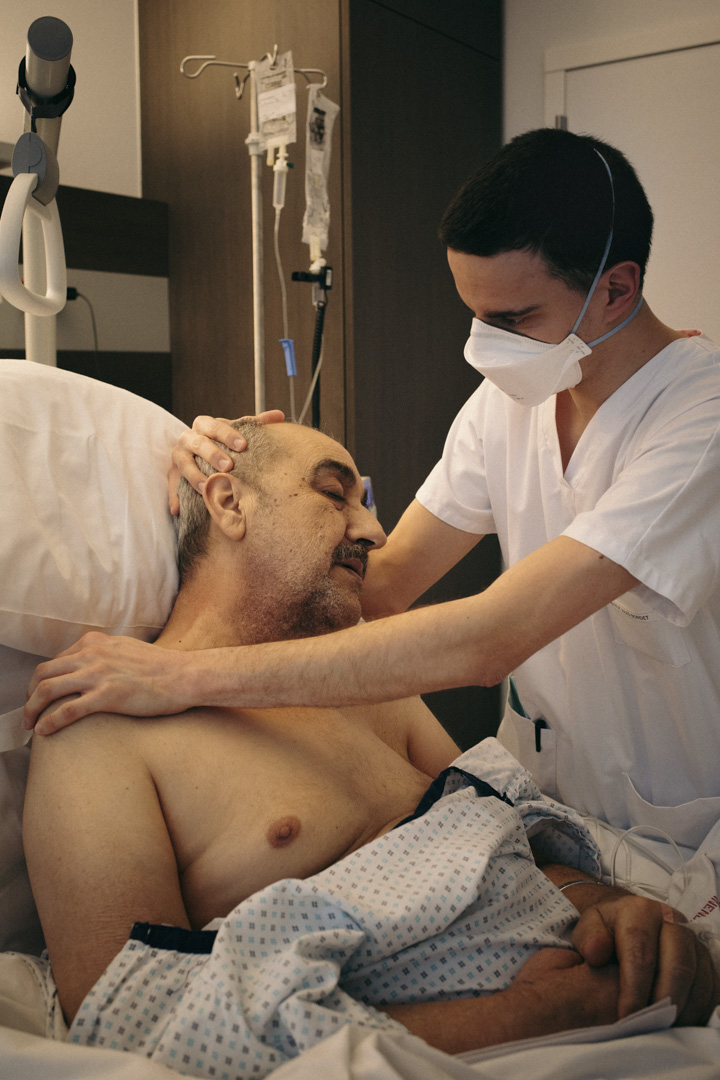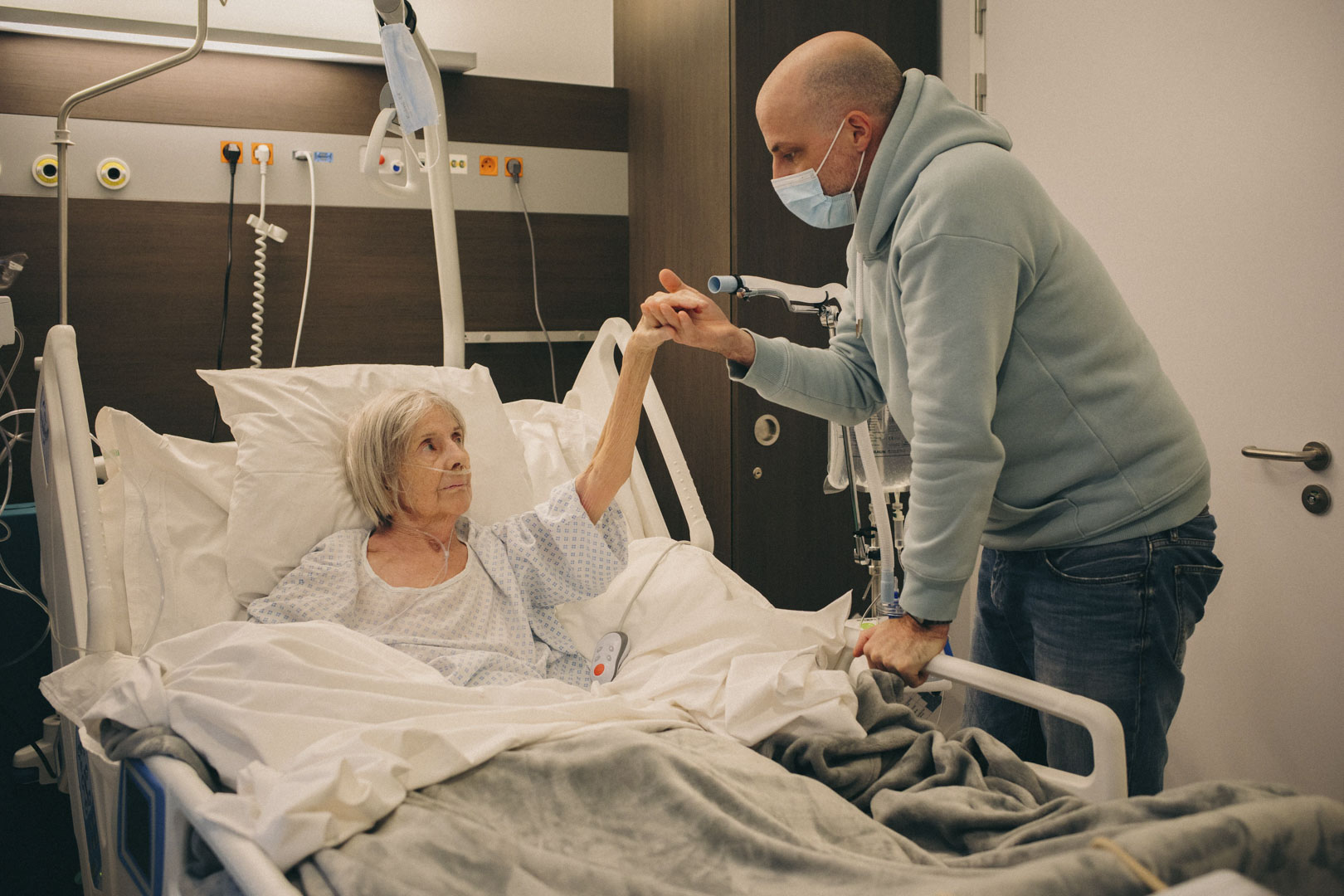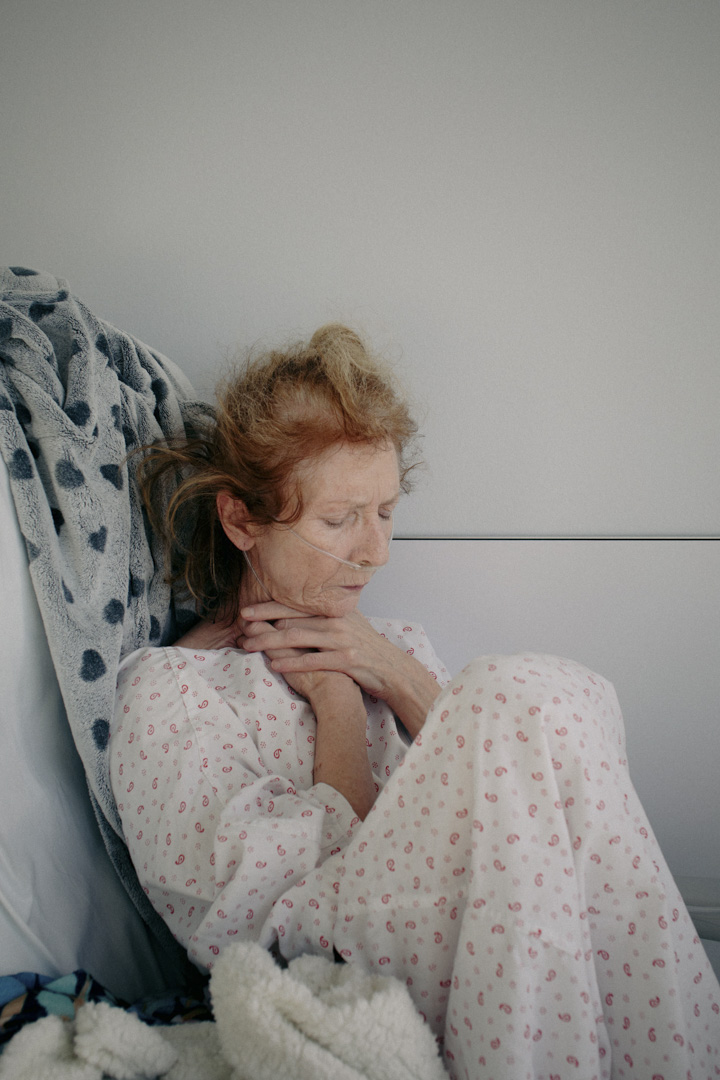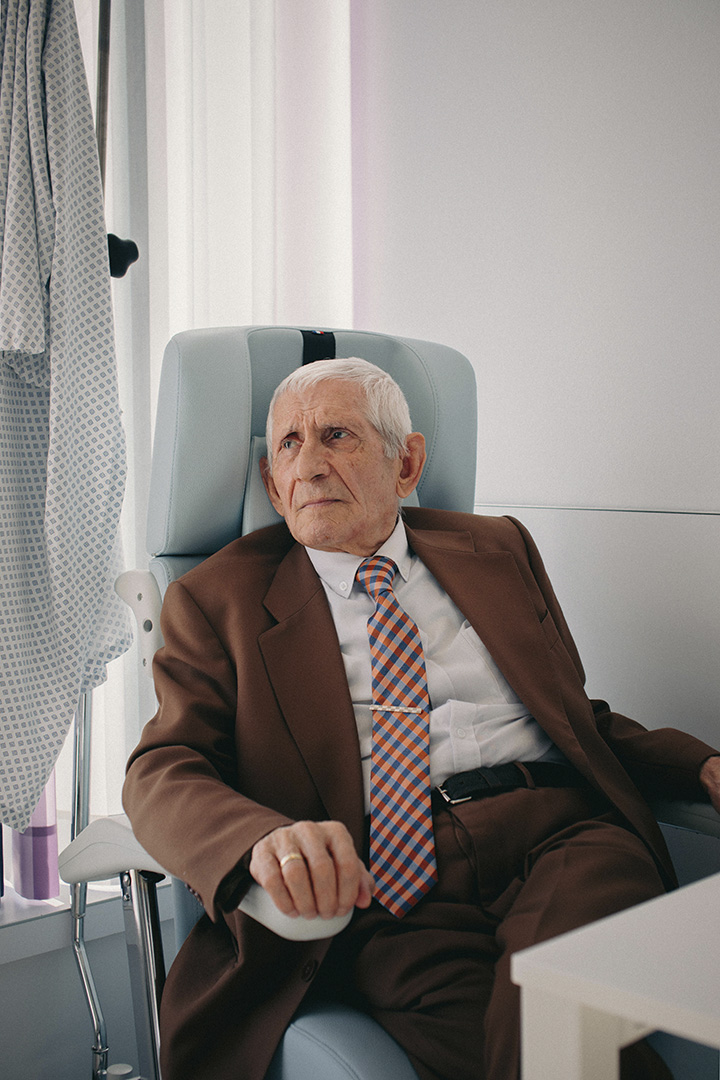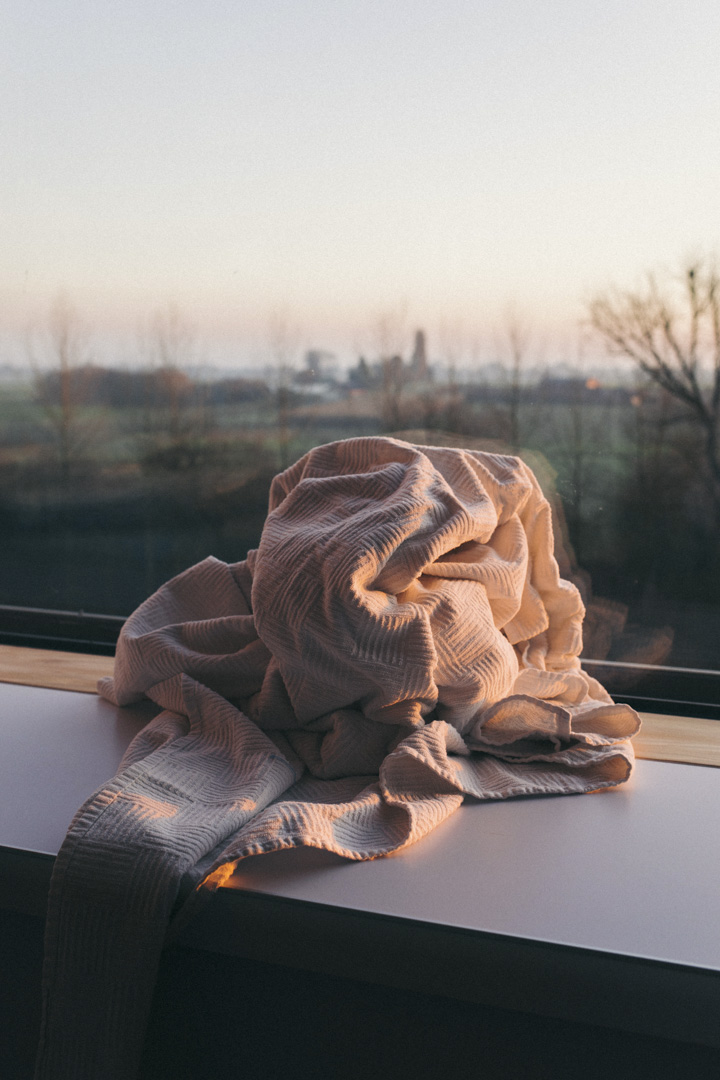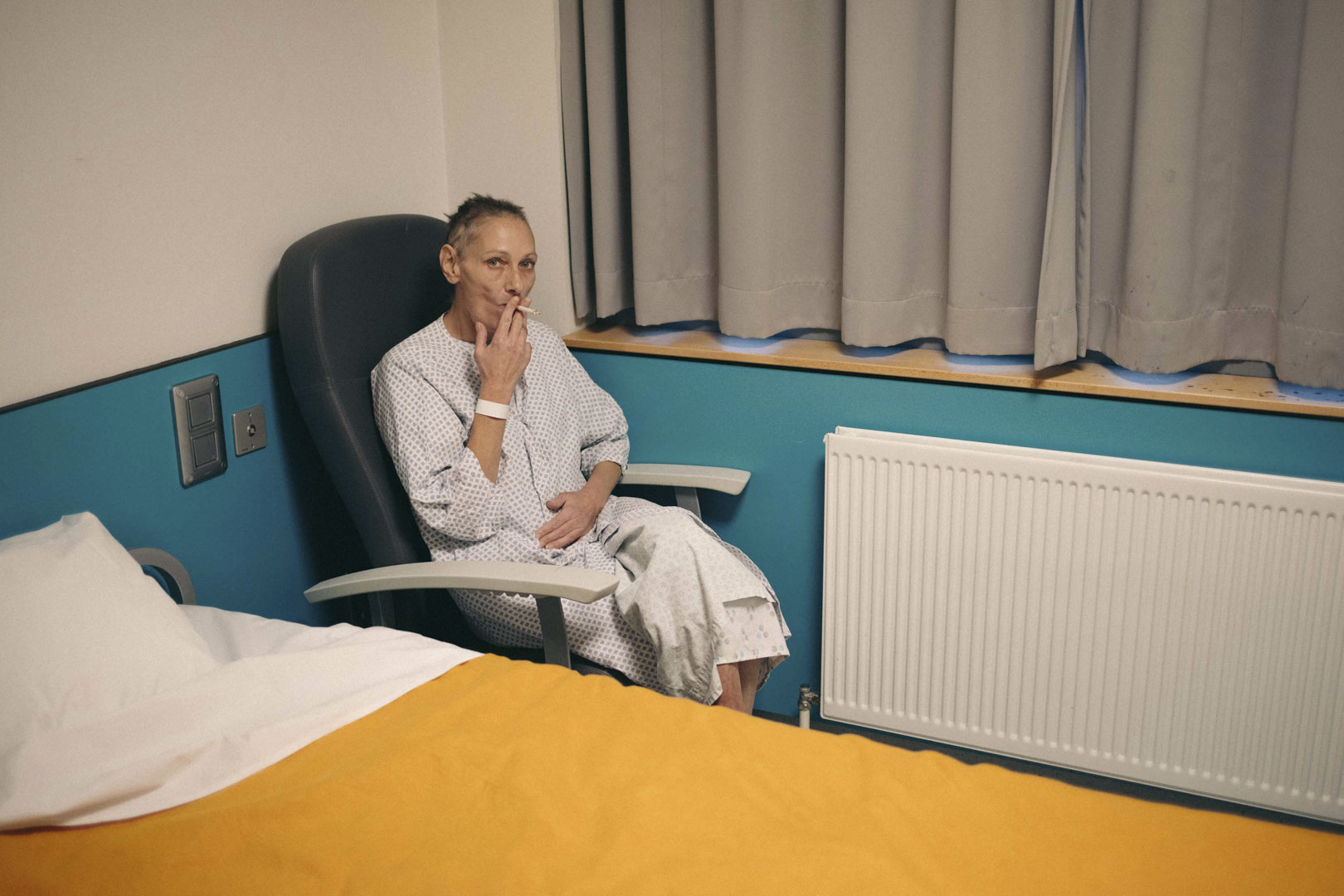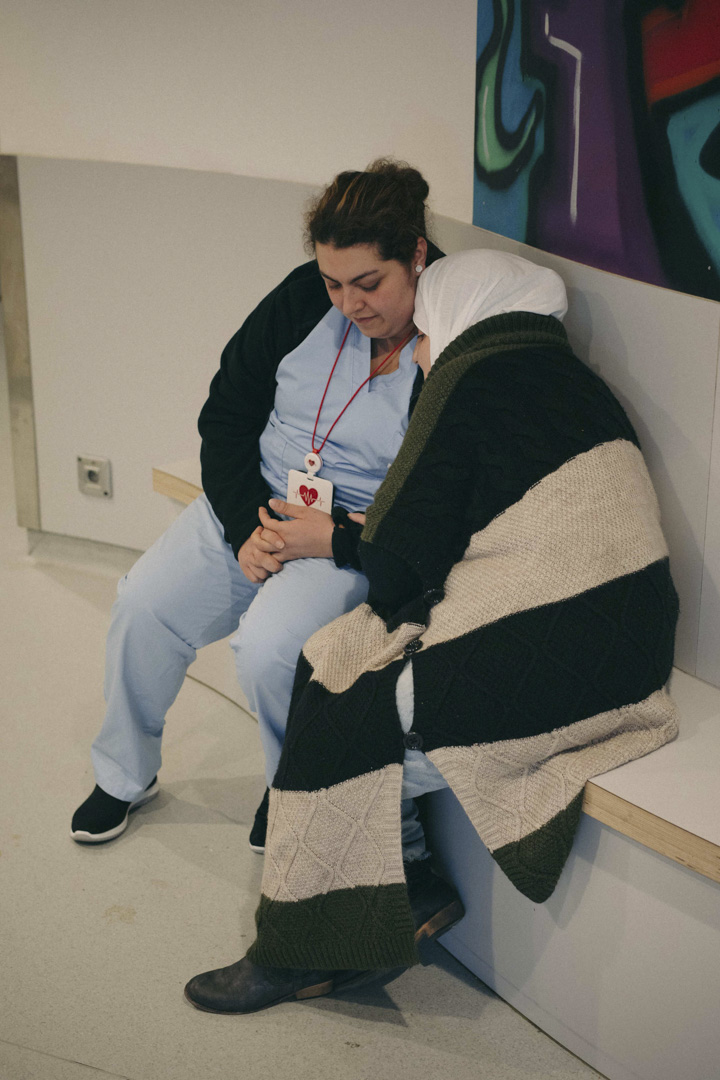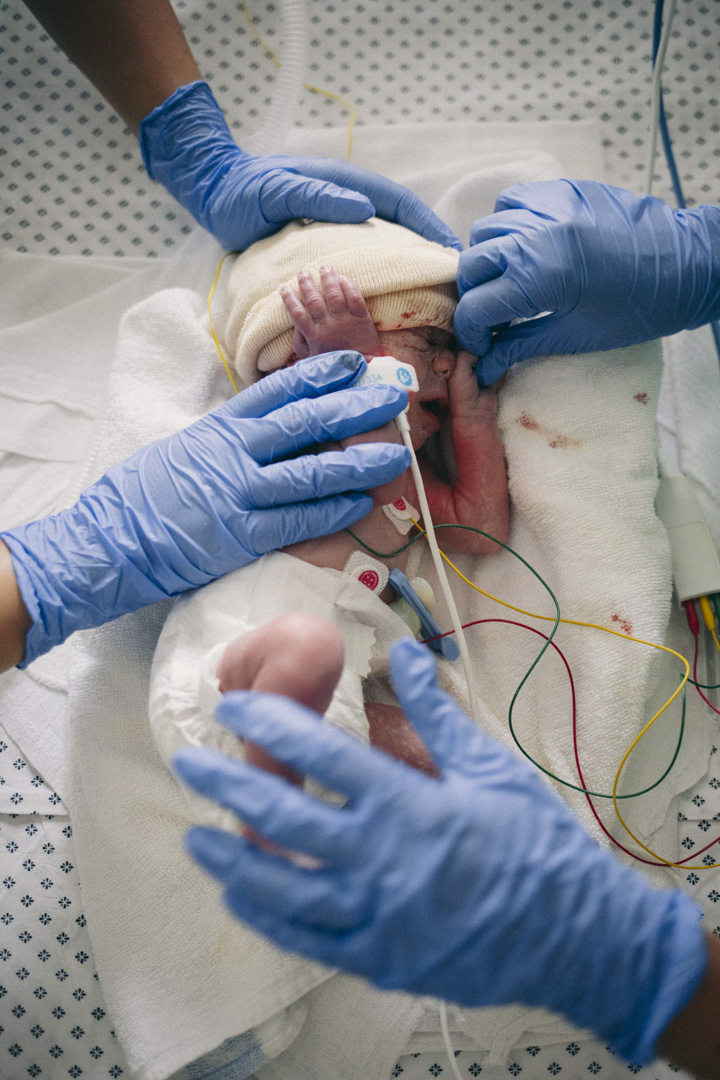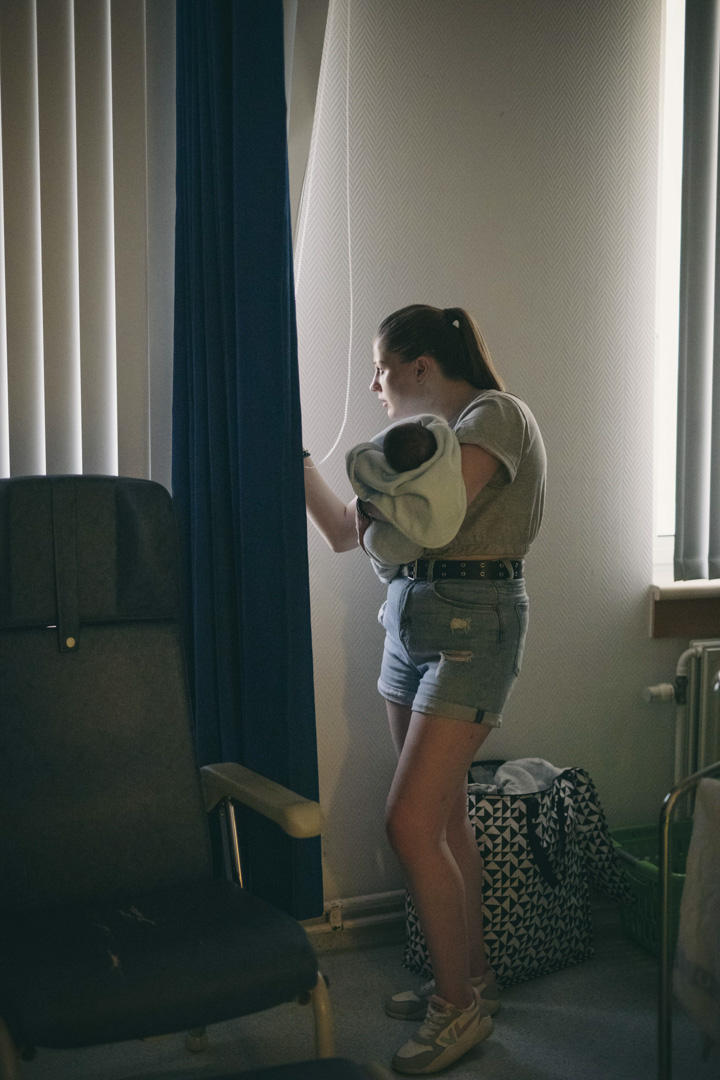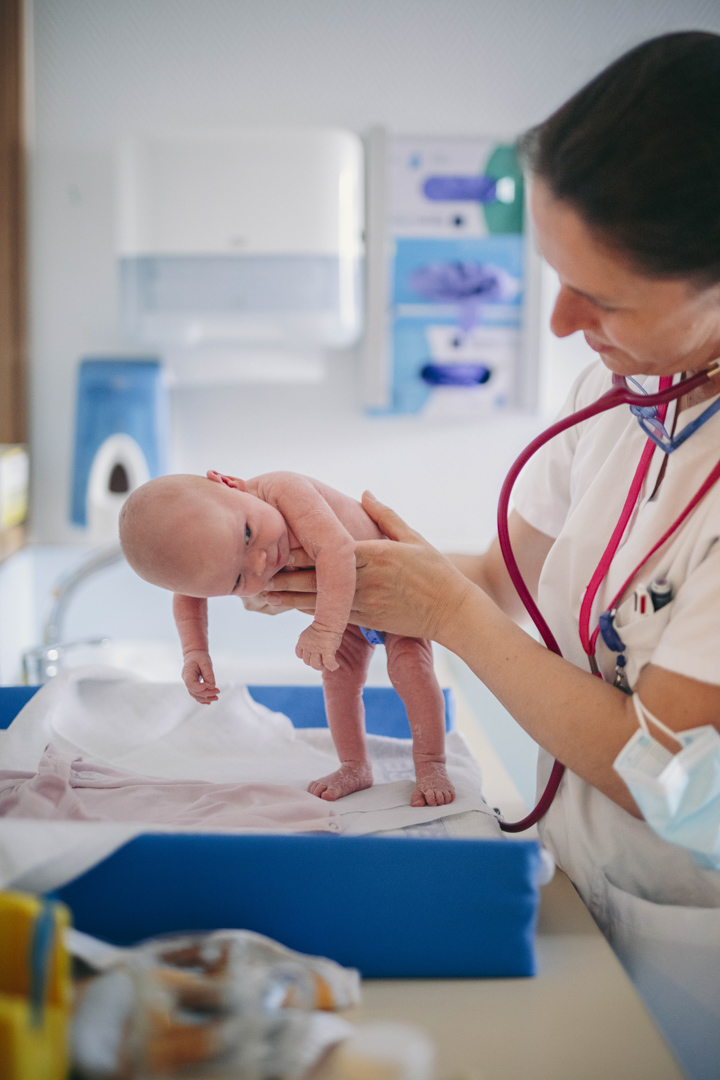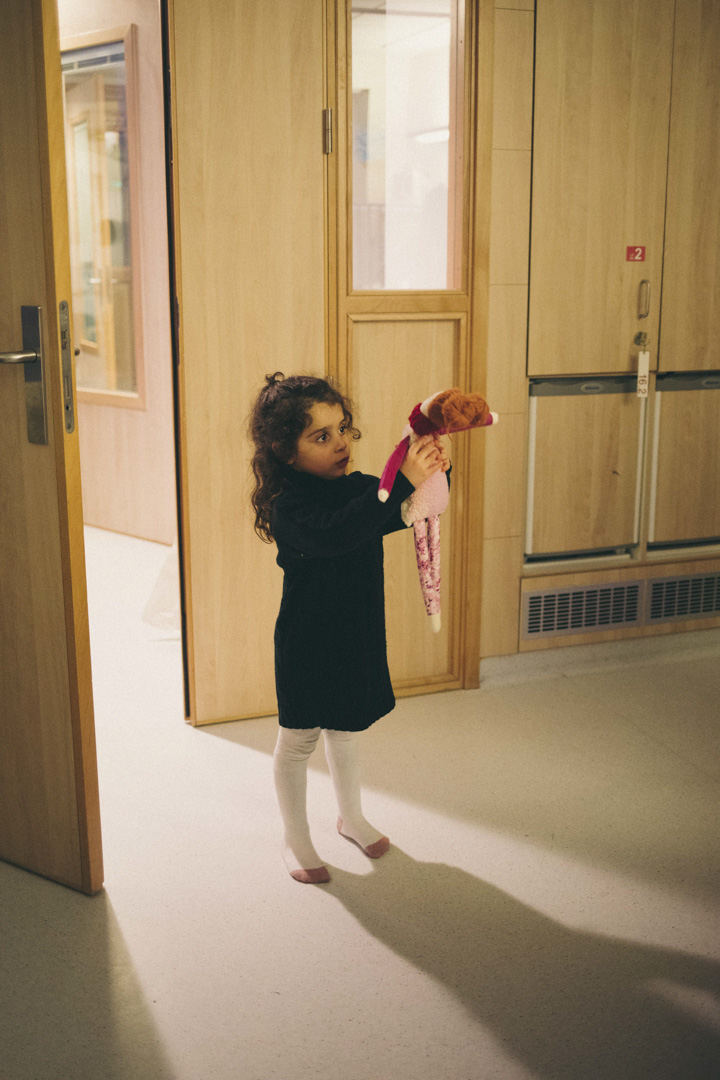Taking Care, 2018-2024
“To enter a hospital is to take a journey into the human condition.”
Anne Lévy Morelle
The result of many years of immersion in the Belgian public hospital system, Prendre soin (Taking Care) uses the particular case of this country as the starting point for a broader reflection on the changes taking place in our post-modern societies, by confronting us with our relationship to care.
What does it mean to take care? And being cared for? How do we take good care of others? How do we deal with pain? Who are the people whose job it is to take care of others? Whether we practice or receive care, are we equal in the fight against illness?
To address these issues, Marin Driguez has placed at the heart of this photographic work the notion of “capacitated vulnerability” developed by Cynthia Fleury. For the philosopher, care is not an impersonal protocol for managing suffering that is imposed on others, but rather a fine-tuned attention designed to transform each person’s fragility into a capacity for action.
Here, caring is first and foremost a demonstration of love and humanity. And the public hospital is in essence a place of humanism, where care is understood as a common good – a sanctuary built on the promise to welcome each and every person, without distinction of any kind, with equal consideration and equal care for their dignity, however difficult this promise may be to keep. In this sense, the care shown to others is also a reflection of the care that society shows to itself.
Today’s reflection is so tarnished that the public hospital itself is suffering. Providing care takes time, yet hospital time is required to keep pace with the acceleration of world time. Trapped in this contradiction, hospitals are commonly referred to as being “in crisis”. It certainly is. But this tired term, “crisis”, by making us assimilate the hospital’s situation to one crisis among others, conceals the multiplicity of issues and aspects of this suffering: working conditions that dehumanize the relationship with others, staff forced to flout their own values, a spiral of urgency and profitability, ransacking of human and material resources, muted violence in professional relationships, overworked departments, loss of meaning and vocation… And yet, men and women strive to keep the hospital alive. This slow, meticulous work seeks to restore these relationships in all their complexity, between gift and sacrifice, struggle and resignation, weariness and conviction.
The pictures in Prendre soin were taken in the day-to-day life of all public hospital departments, from admissions to operating rooms, from waiting areas to emergency services, as close as possible to those who continue to work there despite contradictory injunctions, and to those who, for the most part living on the margins of precariousness, continue to be cared for there despite deteriorating care conditions. At the same time, the testimonies of caregivers, drawn from lengthy individual interviews, invite us to enter into the depths of the images, allowing ourselves to be guided by their inner voices.
Through this dialogue, the author builds a journey into the intimacy of this world, hard and violent, attentive and delicate, noisy or silent – at once a world apart, a world in itself, and a universal image of the totality of the world, from birth to death, through the experience of pain, illness and the end of life. A world where the possibility of humanity stubbornly resists.
Frédéric Lecloux, January 2024.
